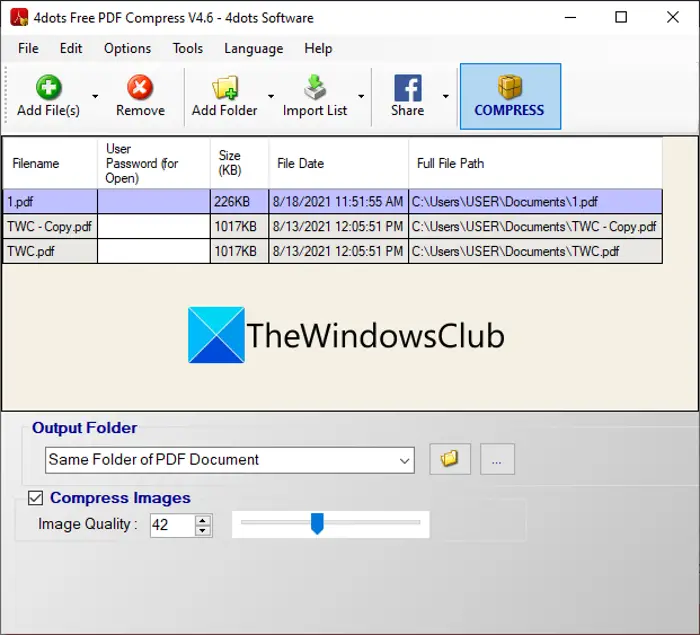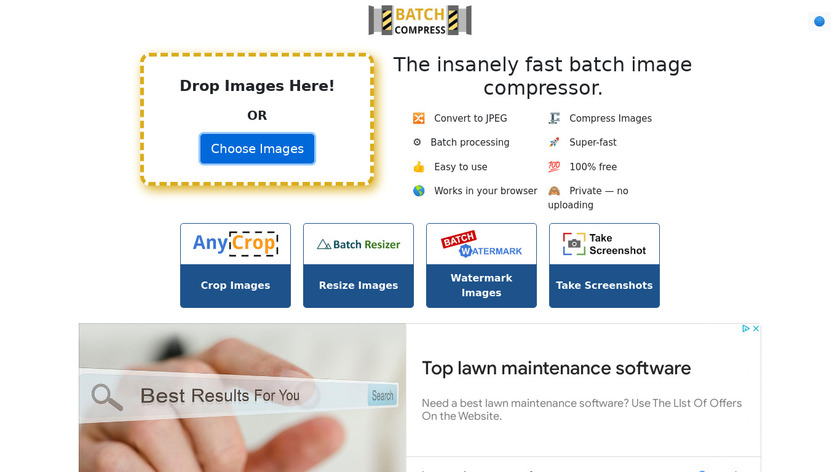

Which won't affect if we were working in a local testing production environment. Let's face that Web designers, Web developers and/or Web masters need to "compress" our image files in order to make them enough "lightweight" to be quickly uploaded to our hosting if we're working directly on a real production environment. Start using the best technology supported image compression platform here now.The "compression" word seems to be misinterpreted in this question, but it's yet valid depending on the context you wish to see this. It will be compressed within a moment and then you can save it at the place you want.ĭon't wait. All you need to do is to upload the image and then click on the compression option. It is very easy to use and create the way you want for your website. In addition, compressed JPEG files are 10-20% much smaller than WebP. Also, CloudPresso compress and convert image into a progressive JPEG. With CloudPresso, you can get better compression up to 90% with the best possible quality. It produces image files 20 - 30% smaller than JPEG. Third, use newer image format, WebP, Google introduced.

Also, progressive JPEG is an image an image created using compression algorithms, resulting that load images much faster. A progressive JPEG will show the entire image, but some of data is slightly pixelated until the image fully loaded. Simply save your JPEG images with the progressive option.

So do not use large images, instead, compress images with the right format at the lowest acceptable quality. Large size images, and uncompressed images, and oversized images can drastically reduce the page load time. First, compress large images with the right dimension. There are 3 top solutions when images take longer to load. As images contribute the most to slow down a web page, compress image is important for web developers to control over the speed and function of how your page loads.


 0 kommentar(er)
0 kommentar(er)
